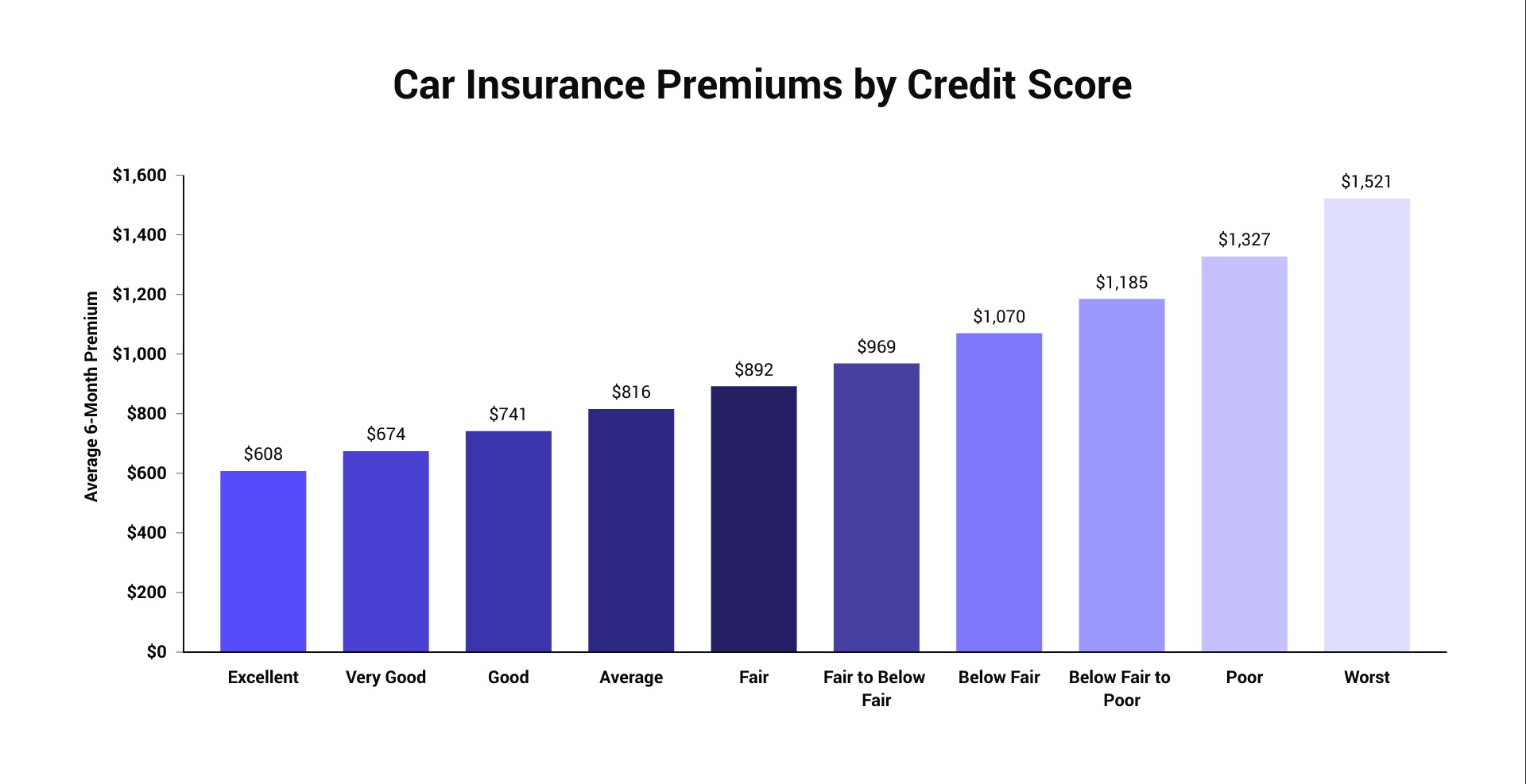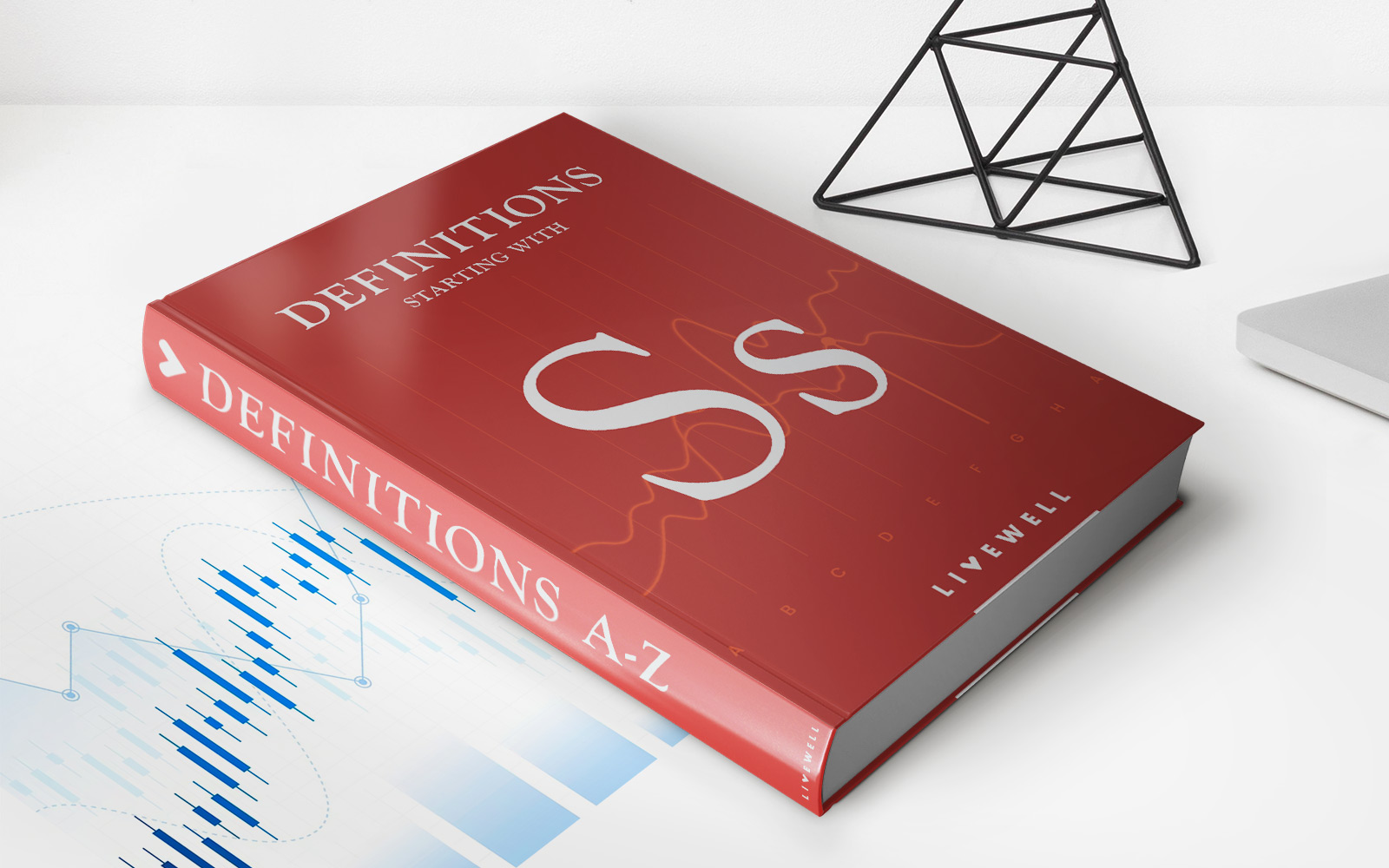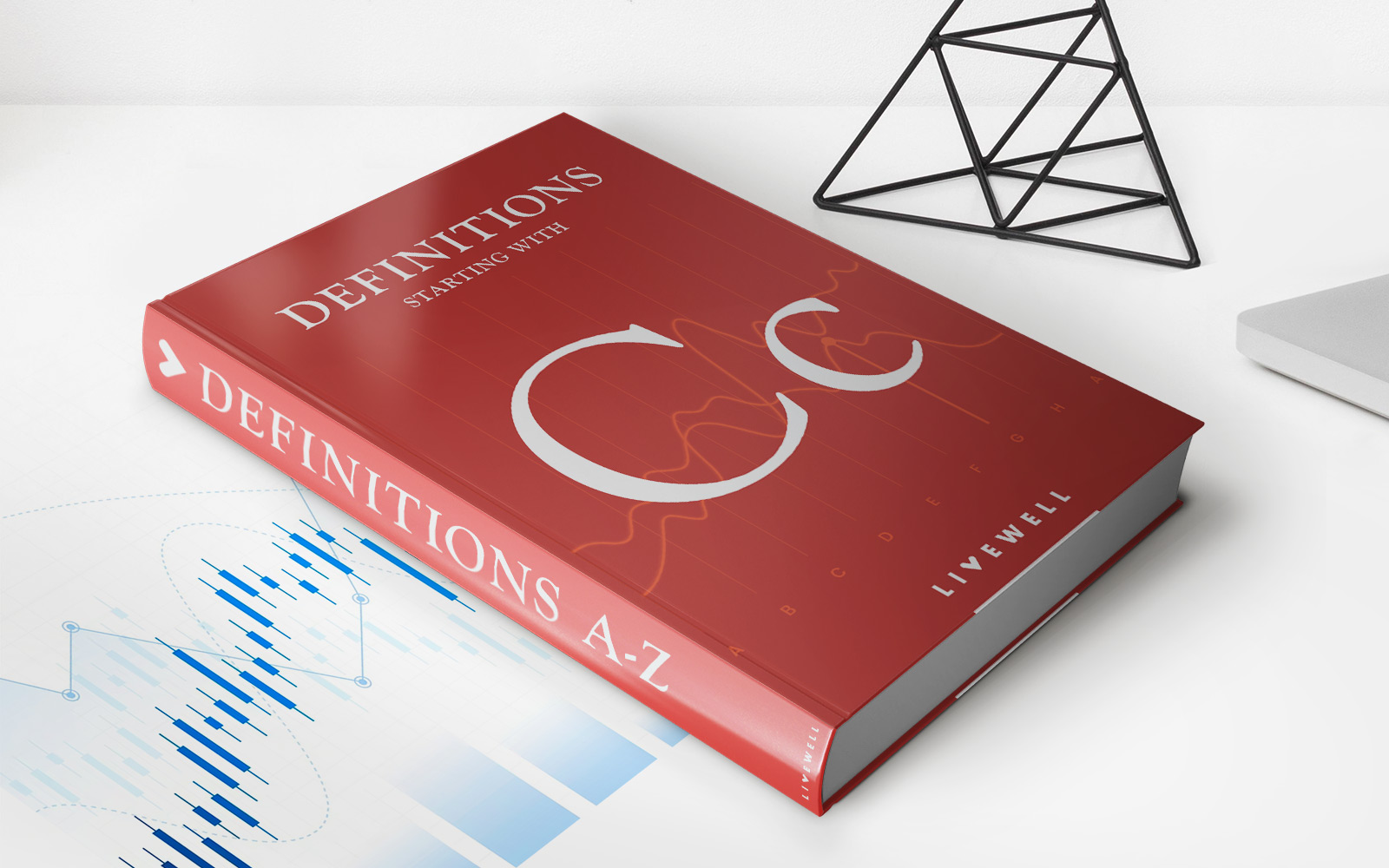Home>Finance>How Much Can You Borrow In Student Loans Per Year


Finance
How Much Can You Borrow In Student Loans Per Year
Published: January 20, 2024
Explore your options in student loans for financing your education. Find out how much you can borrow per year and make informed decisions about your financial future.
(Many of the links in this article redirect to a specific reviewed product. Your purchase of these products through affiliate links helps to generate commission for LiveWell, at no extra cost. Learn more)
Table of Contents
Introduction
When it comes to financing higher education, many students and their families turn to student loans as a way to bridge the gap between the cost of tuition and available resources. Understanding the loan limits and the amount that can be borrowed is crucial in planning for the educational journey.
Student loans can come from different sources, including the federal government and private lenders. In this article, we will focus on the maximum amount that can be borrowed through federal student loans per year. Federal student loans are a popular choice among students due to their competitive interest rates, repayment options, and borrower protections.
It is important to note that the loan limits discussed in this article are general guidelines and may vary depending on individual circumstances, such as dependency status and grade level. Additionally, it’s always advisable to exhaust all other forms of financial aid, such as scholarships, grants, and work-study programs, before taking on student loan debt.
Now, let’s explore the federal student loan limits to gain a clearer understanding of how much can be borrowed per year.
Federal Student Loan Limits
The U.S. Department of Education sets limits on the amount of federal student loans that can be borrowed each year. These limits vary depending on the type of loan, the student’s grade level, and whether the student is considered dependent or independent.
There are two main types of federal student loans: subsidized and unsubsidized. Subsidized loans are need-based, meaning the student must demonstrate financial need to qualify. The government pays the interest on these loans while the student is enrolled in school at least half-time and during deferment periods. Unsubsidized loans, on the other hand, are not based on financial need, and interest begins accruing as soon as the loan is disbursed.
For undergraduate students, the federal loan limits are lower compared to graduate and professional students. Let’s take a closer look at the annual loan limits for both dependent and independent undergraduate students.
It’s important to note that these loan limits are subject to change and may be adjusted annually. Students should always consult the U.S. Department of Education’s website or speak with their financial aid office to ensure they have the most up-to-date information.
Subsidized vs. Unsubsidized Loans
When it comes to federal student loans, understanding the difference between subsidized and unsubsidized loans is crucial for borrowers. The distinction lies in how interest accrues and who is responsible for paying it.
Subsidized loans are available to undergraduate students who demonstrate financial need. The government subsidizes these loans by covering the interest that accrues while the student is enrolled in school at least half-time, during the six-month grace period after leaving school, and during periods of deferment. This means that the borrower is not responsible for paying the interest during these periods. Subsidized loans can be a more affordable option for students as they graduate with less overall debt.
On the other hand, unsubsidized loans are available to both undergraduate and graduate students, regardless of financial need. Interest on unsubsidized loans starts accruing as soon as the loan is disbursed, and the borrower is responsible for paying it. Although students have the option to defer interest payments while in school, the accumulated interest will be added to the loan balance, resulting in a larger overall amount to repay.
It’s important to note that the loan limits for subsidized and unsubsidized loans may vary. Students with subsidized loans may have lower annual and aggregate loan limits compared to those with unsubsidized loans. Additionally, interest rates may differ between the two types of loans, so it’s essential to consider the long-term costs of borrowing.
When choosing between subsidized and unsubsidized loans, it’s wise to consider your financial need, eligibility, and long-term repayment plans. Financial aid counselors can provide valuable guidance in understanding the options available and how they align with your specific circumstances.
Undergraduate Student Loan Limits
Undergraduate students have specific loan limits when it comes to federal student loans. These limits are based on the student’s dependency status (dependent or independent) and grade level. Let’s take a closer look at the annual loan limits for undergraduate students.
For dependent undergraduate students, the maximum amount they can borrow each year varies. In their first year, the loan limit is lower, typically ranging from $5,500 to $9,500, depending on the student’s financial need and the school’s cost of attendance. Subsequent years have higher loan limits, usually between $6,500 and $10,500. However, there is an aggregate limit for dependent undergraduate students, which is the total amount they can borrow throughout their undergraduate studies. As of 2021, the aggregate loan limit for dependent students is $31,000, with a maximum of $23,000 in subsidized loans.
Independent undergraduate students, as well as dependent students whose parents are unable to secure a Parent PLUS loan, have higher annual loan limits. In their first year, independent students can borrow between $9,500 and $13,500, with subsequent years having limits between $10,500 and $14,500. The aggregate loan limit for independent students is higher as well, currently set at $57,500, with a maximum of $23,000 in subsidized loans.
It’s important to note that these loan limits are the maximum amounts that can be borrowed through federal student loans and should be used as a guide. Students should consider their individual financial situations and the potential long-term impact of borrowing before accepting the full loan amounts available to them.
Students who require additional funds beyond the federal student loan limits may consider seeking out private student loans. However, it’s important to carefully evaluate the terms and conditions offered by private lenders, as they may have different interest rates and repayment options compared to federal loans.
Graduate and Professional Student Loan Limits
Graduate and professional students have different loan limits compared to undergraduate students when it comes to federal student loans. These higher loan limits reflect the increased costs associated with advanced degrees. Let’s dive into the annual loan limits for graduate and professional students.
For both dependent and independent graduate or professional students, the maximum amount they can borrow each year is higher than that of undergraduate students. The exact loan limits can vary, but generally, graduate and professional students can borrow up to $20,500 per year in unsubsidized loans. This allows them to cover a significant portion of their education expenses, including tuition, fees, and living expenses.
However, it’s important to note that there is an aggregate loan limit for graduate and professional students as well. The aggregate limit for direct unsubsidized loans for graduate or professional students is currently set at $138,500, including any undergraduate loans. This aggregate limit includes both subsidized and unsubsidized loans received for undergraduate studies.
Graduate and professional students may also explore other loan options to finance their education, such as Graduate PLUS loans. These loans are credit-based and allow students to borrow up to the full cost of attendance, minus any other financial aid received. The interest rates for Graduate PLUS loans may be higher than those for direct unsubsidized loans, so it’s important to carefully consider the terms and repayment options.
It’s crucial for graduate and professional students to weigh the potential long-term financial impact of borrowing significant amounts of student loans. Although advanced degrees can lead to higher earning potential, it’s important to make informed decisions and consider alternate funding options, such as scholarships, fellowships, and part-time work, to minimize borrowing.
Each graduate or professional program may have its own unique costs, so students should work closely with their financial aid office to understand the specific loan limits and explore potential scholarships or assistantships within their field of study.
Annual Loan Limits for Dependent Students
Dependent students, as defined by the U.S. Department of Education, are typically students who rely on their parents’ financial information when applying for federal student aid. These students have specific annual loan limits based on their grade level. Let’s delve into the details of the annual loan limits for dependent students.
In their first year of undergraduate studies, dependent students can borrow between $5,500 and $9,500 in federal student loans. The exact amount depends on the student’s financial need and the cost of attendance at their chosen school. Out of this initial loan amount, a portion may be subsidized, meaning the government covers the interest while the student is enrolled at least half-time. The remaining amount is typically unsubsidized, and interest begins accruing as soon as the loan is disbursed.
As the student progresses to subsequent years, the loan limits increase. In the second year, dependent students can borrow between $6,500 and $10,500. For the remaining undergraduate years, the loan limits remain similar, providing a range of $6,500 to $12,500 per year.
It’s important to remember that these loan limits are the maximum amounts that dependent students can borrow through federal student loans. It is advisable to borrow only what is necessary to cover educational expenses to minimize the overall amount of debt upon graduation.
Additionally, dependent students may be eligible for additional loan options if their parents are unable to secure a Parent PLUS loan. In such cases, the student may be eligible to borrow at the independent student’s loan limits, which typically result in higher loan amounts.
Before accepting any loan offers, it’s essential for dependent students to carefully consider their financial situation, future repayment plans, and explore other sources of financial aid, such as scholarships, grants, or work-study programs.
By being informed about the annual loan limits for dependent students, individuals can make wise decisions regarding their educational financing and pursue their academic goals with a clearer understanding of the financial responsibilities involved.
Annual Loan Limits for Independent Students
Independent students have different loan limits compared to dependent students when it comes to federal student loans. Independent students are typically individuals who meet specific criteria outlined by the U.S. Department of Education, such as being 24 years or older, married, a veteran, or an emancipated minor. Let’s explore the annual loan limits for independent students.
Independent undergraduate students have higher loan limits compared to dependent students. In their first year of studies, independent students can borrow between $9,500 and $13,500 in federal student loans. Similar to dependent students, the exact amount depends on the student’s financial need and the cost of attendance. This initial loan amount may consist of a subsidized and unsubsidized portion.
As independent students progress to subsequent years, the loan limits increase. In the second year, the loan limits range from $10,500 to $14,500. For the remaining undergraduate years, independent students can borrow between $12,500 and $16,500 annually.
It’s important for independent students to carefully consider their financial situation and borrowing needs before accepting the maximum loan amounts available. While these loan limits provide flexibility, it’s wise to borrow only what is necessary to cover educational expenses to minimize debt upon graduation.
Independent students may also be eligible for additional loan options, such as Graduate PLUS loans, if they pursue graduate or professional studies. These loans have higher borrowing limits and can help cover the costs associated with advanced degrees.
When considering federal student loans, independent students should explore other sources of financial aid, including scholarships, grants, and work-study programs. By utilizing these resources, they can reduce their reliance on student loans and potentially lower their overall educational debt burden.
Understanding the annual loan limits for independent students is essential for making informed decisions about financing higher education. By considering individual financial circumstances and researching available options, independent students can navigate their educational journey with greater financial confidence.
Parent PLUS Loan Limits
In addition to federal student loans available to students, there is also a loan option specifically for parents called the Parent PLUS loan. The Parent PLUS loan allows parents to borrow funds to help finance their child’s education. Let’s explore the loan limits and details of the Parent PLUS loan.
The loan limits for Parent PLUS loans are determined by the cost of attendance at the school their child is attending. Parents can borrow up to the full cost of attendance, minus any other financial aid received by the student. This includes tuition, fees, room and board, books, and other education-related expenses. The loan amount is not dependent on the parent’s financial need.
It’s important to note that Parent PLUS loans have higher interest rates compared to other federal student loans. As of 2021, the interest rate for Parent PLUS loans is set at a fixed rate of 6.28%. Additionally, there may be origination fees associated with the loan.
Unlike student loans in the student’s name, Parent PLUS loans are the responsibility of the parent borrower. The parent is responsible for repaying the loan, starting immediately after the loan is disbursed. However, parents do have the option to defer payments while their child is enrolled at least half-time, but interest will continue to accrue during this period.
It’s important for parents to carefully consider their ability to repay the loan and the potential impact on their own financial situation. Before deciding to borrow a Parent PLUS loan, it’s advisable to explore other financing options, such as scholarships, grants, or personal savings, and to consider the long-term financial implications.
Parents should also be aware of their rights and options when it comes to repayment. There are different repayment plans available, including standard repayment, graduated repayment, and income-contingent repayment, which offer flexibility based on the individual’s financial circumstances.
It’s essential for parents to consult with their child’s financial aid office to understand the specific loan limits and requirements associated with Parent PLUS loans. By having a clear understanding of the terms and responsibilities, parents can make informed decisions regarding their child’s education financing.
Aggregate Loan Limits
In addition to annual loan limits, federal student loans also have aggregate loan limits. The aggregate loan limit is the maximum amount that a student can borrow throughout their undergraduate or graduate studies. These limits help ensure that students do not accumulate an excessive amount of debt during their educational journey. Let’s explore the details of aggregate loan limits.
The aggregate loan limits for federal student loans vary depending on whether the student is pursuing undergraduate or graduate studies. For dependent undergraduate students, the aggregate loan limit is $31,000, with a maximum of $23,000 in subsidized loans. This limit includes both subsidized and unsubsidized loans received for undergraduate studies. It’s important for students to carefully track their borrowing to avoid surpassing this limit.
Independent undergraduate students and dependent students whose parents are unable to secure a Parent PLUS loan have a higher aggregate loan limit. For this category, the aggregate limit is $57,500, also including a maximum of $23,000 in subsidized loans. It’s important for independent students to exercise caution when borrowing to ensure they do not exceed this limit.
For graduate or professional students, the aggregate loan limit is higher. The aggregate limit for direct unsubsidized loans for graduate or professional studies is $138,500, including any undergraduate loans received. It’s important for graduate students to be mindful of their borrowing to stay within this limit, as excessive borrowing can lead to significant debt burdens.
It’s important to note that aggregate loan limits are cumulative, meaning they encompass all federal student loans borrowed throughout a student’s educational career. Exceeding these limits may result in the student being ineligible for additional federal student loans.
Students who require additional funding beyond the aggregate loan limits may need to explore alternative funding options, such as scholarships, grants, or private student loans. It’s crucial to carefully assess the long-term financial impact of borrowing and consider future repayment obligations.
By understanding and being mindful of aggregate loan limits, students can make informed decisions about their borrowing and work towards successfully managing their student loan debt.
Conclusion
Understanding the loan limits for federal student loans is essential for students and their families as they navigate the process of financing higher education. By being aware of the maximum amounts that can be borrowed each year and throughout their educational journey, individuals can make informed decisions about their borrowing needs and minimize excessive debt.
Federal student loans provide a range of options for undergraduate and graduate students, including subsidized and unsubsidized loans. Subsidized loans offer unique benefits for demonstrating financial need, as the government covers the interest during certain periods. Unsubsidized loans, on the other hand, are available to most students regardless of financial need but accrue interest from the time of disbursement.
Dependent and independent students have different loan limits, taking into account factors such as financial need and grade level. Dependent students have lower annual and aggregate loan limits, while independent students generally have higher limits. Parent PLUS loans are available to parents to help finance their child’s education, with loan limits based on the cost of attendance.
Having a clear understanding of loan limits allows students to make informed decisions about borrowing, considering factors such as anticipated future earnings, repayment plans, and the potential long-term impact of student loan debt on their financial well-being.
It’s important to remember that federal student loans should be considered alongside other forms of financial aid, such as scholarships, grants, and work-study programs. By exploring all available options, students can maximize their funding and minimize the need for excessive borrowing.
Ultimately, each student’s financial situation and goals are unique. It’s crucial for individuals to consult with their financial aid office, research loan terms and interest rates, and evaluate repayment options to make responsible decisions about borrowing and managing student loan debt.
By approaching the student loan process with knowledge and careful consideration, students can pursue their educational aspirations without compromising their long-term financial stability.














